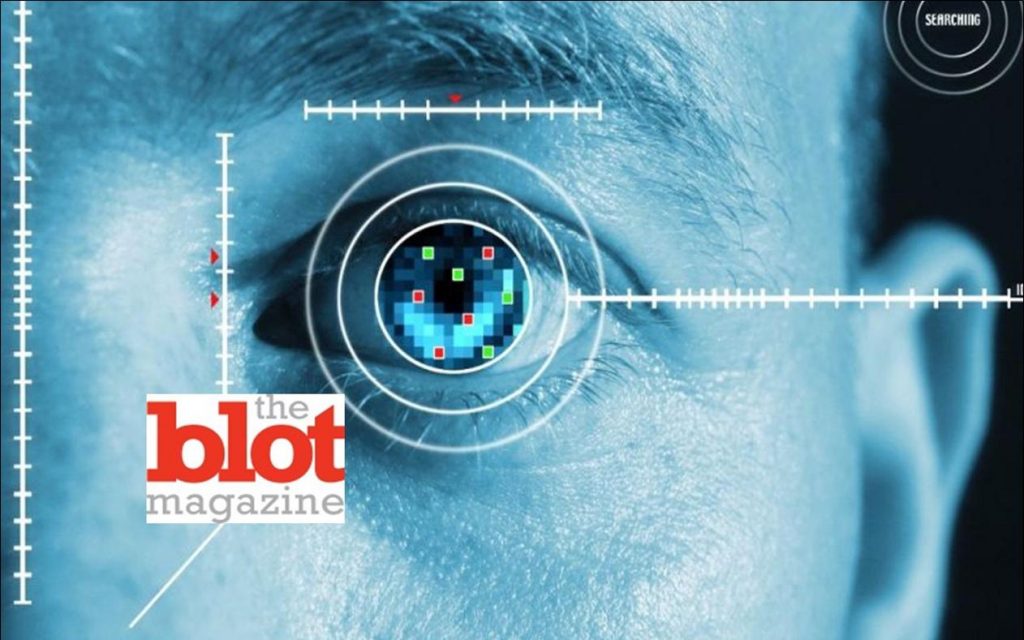Stop crimes with technology
There were around 1,197,704 violent crimes committed across America in 2015, a 3.9% rise from the year before. According to data by Neighborhood Scout, and based on FBI data, in some neighborhoods in Detroit, people have a 1 in 8 risk of being a victim of violent crime in a year. But while these figures make grim reading, interestingly there was also a 2.6% drop in the estimated number of property crimes over the same period.
Overall, the promising news is that crime rates have dropped over the last twenty years which could be attributed to the significant developments in crime prevention and detection technology. Law enforcement officers and justice personnel can try to stay ahead of criminals by using tools like social media, identification technology and mobile capabilities which also improve public safety. Technology has not just brought with it new advanced techniques to detect and prevent crimes, but it also helps with convicting offenders down the line.
But just how can technology help our struggling neighborhoods?
Read more: DAVID MASSEY, SHADY RICHARDS KIBBE ORBE LAWYER LOVES MONEY, TRASHES CLIENTS BEST INTEREST
Surveillance Cameras
The wide use of surveillance cameras across the country, might be why there continues to be a drop in property crimes. Camera technology now offers excellent quality images and high-quality cameras have reduced so much in size, it allows them to be used for covert surveillance when necessary. Face-recognition technology has also been a huge step forward for law enforcement agencies, allowing officers to pick faces out of crowds with ease.
A number of cities have been installing camera systems and many have experienced good results. The Urban Institute, who undertake economic and social policy research, studied the surveillance systems in Baltimore, Chicago and Washington, D.C. The study looked at how they affected crime rates and it found that the presence of cameras was effective in reducing crime in some areas. The report highlights that the key to the surveillance equipment being successful isn’t just about putting up cameras, but in where they are placed, how many are used and how well they’re monitored.
While surveillance cameras may be the most well-known of security measures and crime prevention techniques, law enforcement agencies have increasingly turned to a whole host of other technology advancements in their fight against crime in our neighborhoods.
Social Media
Social media may be considered as simply a social trend, but it is also a huge technology breakthrough that law enforcement agencies are rapidly taking advantage of. When used effectively, it can be used to track criminal behavior and by using platforms like Facebook and Twitter, officials can get an insight into criminal behavior. In fact, some agencies have described social media as being just like our digital fingerprint. From a survey of 1,221 federal, state and local law enforcement officers, most said they used social media to gather information during investigations. In Cincinnati, police were able to break up a local street gang, arresting 71 people, following an investigation that used social media.
Read more: CHRIS BRUMMER, FINRA NAC PANEL MEMBER HAS DEGREE IN GRILLING BRATWURST, NO REG
The technology also allows officers to circulate information directly to citizens and to be able to inform them of unfolding crimes and anything the public should be doing for their own safety. It’s an effective way to immediately spread information, descriptions, videos and images to a wide audience. It offers the means for officials to be able to communicate in real-time and helps to close the time gap between when a crime has taken place, and when officials can start the investigation. It also allows people to respond with timely information and provides a better chance of catching the perpetrator.
Mobile Technology
Mobile technology has been one of the most significant advancements in law enforcements being able to successfully tackle crime. It provides agencies with an electronic trail of calls, emails, texts and GPS location information that has played a significant role in law enforcement being able to solve cases. Most people have at least one smartphone which is used on a regular basis. As they are so widespread, the information they contain provides officers with a significant starting point in their investigations and which will eventually result in arrests directly related to the information they found on mobile devices. Also, by using advanced digital forensics technology, it is possible for investigators to be able to link suspects to their crimes, which might have been missed otherwise. But mobile technology also has other uses. It allows fast communication between officers, agencies and citizens. It also allows people who may have witnessed a crime or what could be criminal activity to report it immediately and even provide agencies with photographic evidence.
READ MORE: BREAKING: NASDAQ STAFF WILLIAM SLATTERY CAUGHT LYING TO THE FBI, NASDAQ IMPLICATED IN FRAUD
Technology Is There to Assist Not Replace Law Enforcement
The advancements in modern technology equip law enforcement agencies with effective tools to stay ahead of criminals and provide security and peace of mind to citizens. While it will never replace traditional investigative work, mobile technology, crime-mapping, video surveillance, social media and the fast access it allows to information, all contributes to improved enforcement and prevention.






